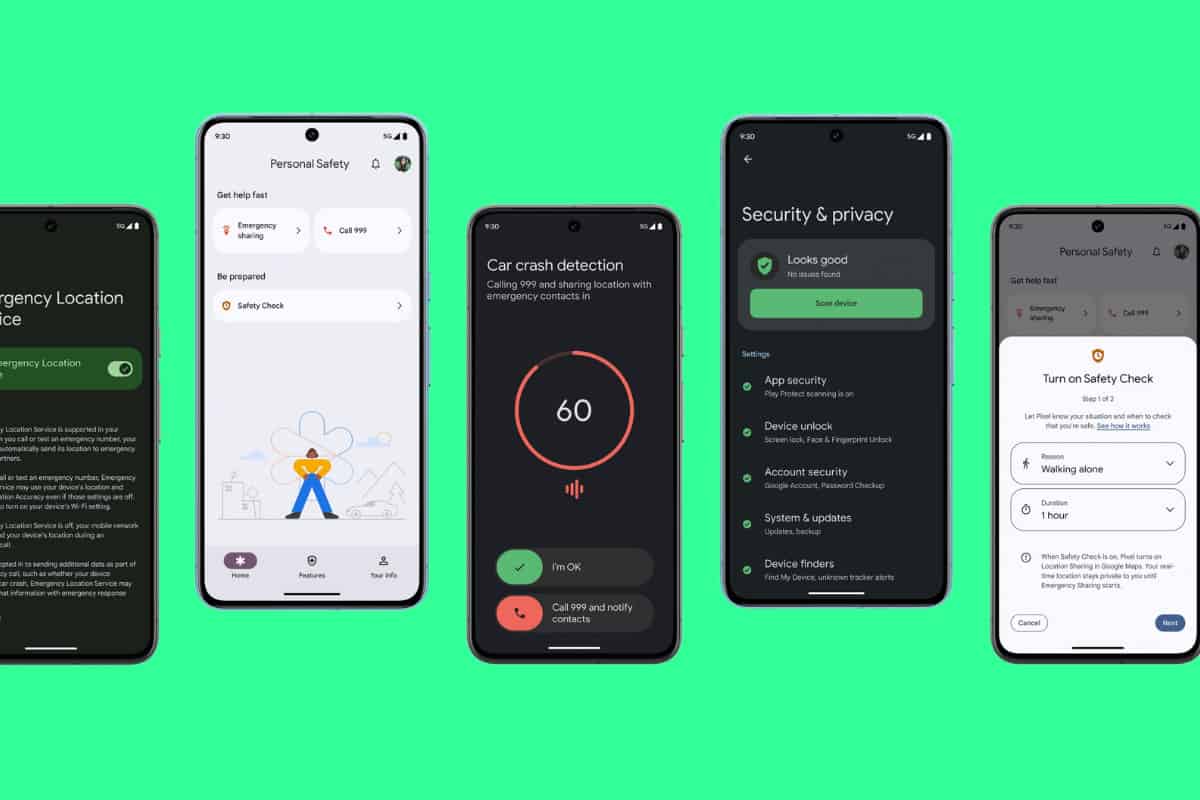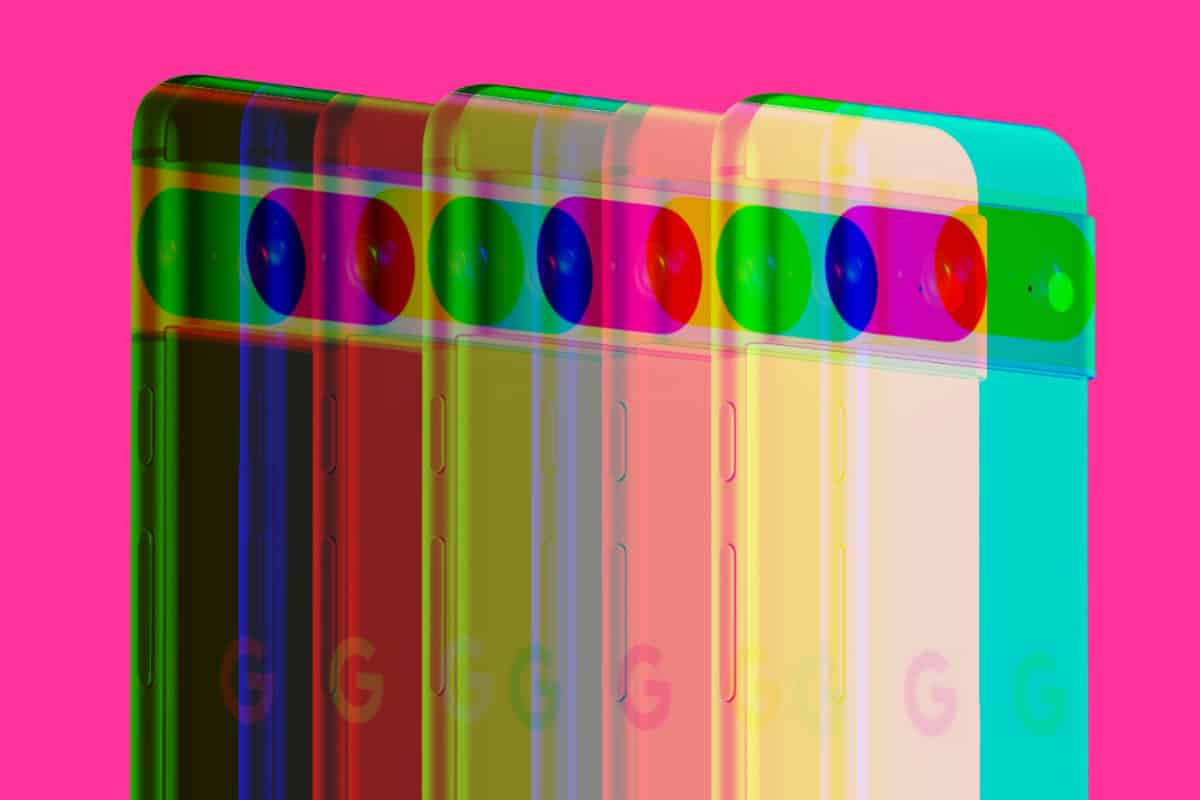The Google Pixel 8 and Pixel 8 Pro come with something called an Actua Display. But what in the history of heck is this and, more importantly, does it actually matter?
KEY TAKEAWAYS: The Pixel 8 Series Actua Displays
- 📱 Google introduced the Pixel 8 and Pixel 8 Pro with new display technologies.
- 🔆 Super Actua is a display technology on the Pixel 8 Pro highlighting extreme brightness.
- ☀️ Super Actua aims to maintain HDR image quality even in direct sunlight.
- 🌟 Pixel 8 Pro’s Super Actua screen is the brightest Google phone display yet.
- 📈 The regular Pixel 8’s Actua display is 42% brighter than the Pixel 7.
- 📊 Pixel 8 Pro achieves up to 1600 nits with HDR and 2400 nits peak brightness, while Pixel 8 reaches 1400 nits with HDR and 2000 nits peak.
- 🔄 Both phones offer 120Hz refresh rates, providing smooth scrolling and gaming.
- 🎨 Both devices have OLED screens and support a 1,000,000:1 contrast ratio, rendering up to 16 million colors.
- 📏 The Pixel 8 Pro features a 6.7-inch display, whereas the Pixel 8 has a 6.2-inch display.
Google loves a gimmick. For as long as I can remember, whenever a new product lands, there’s always some kind of amazing new feature that sounds truly brilliant but in reality is anything but.
This happened with the OG PixelBuds and their supposed “real-time translation” abilities. Spoiler: it didn’t work anywhere near as well as advertised which is a nice way of saying it was utter garbage.
But for every swing and miss, Google does occasionally hit a home run, and the Pixel 8 and Pixel 8 Pro, with their seven years’ worth of Android updates, appear to have more homers than dingers.
And one such feature that I think all will enjoy but most will simply not even notice is Google’s new Actua Display.
What is Google’s Actua Display on The Pixel 8?

The short answer is pretty simple: all it means is that the Pixel 8 and Pixel 8 Pro’s displays are A LOT brighter than their predecessors.
That’s the key takeaway here: brightness and, in the case of the Pixel 8 Pro, extreme brightness (when compared to the Pixel 7 Pro).
Increased brightness is great for outdoor usage and, when coupled with a refresh rate of 120Hz, which both phones possess, it makes the displays and the content displayed on them really pop.
Actua vs Super Actua: What’s The Difference?
The Pixel 8 Pro, in particular, boasts the Super Actua display, which emphasizes extreme brightness. This isn’t just a marketing term; the Super Actua is designed to maintain HDR image quality even under direct sunlight.
In fact, the Pixel 8 Pro’s Super Actua screen is the brightest display Google has ever incorporated into a phone.
Comparing the Numbers: Pixel 8 vs. Pixel 8 Pro
The standard Pixel 8’s Actua display is no slouch either. It’s 42% brighter than its predecessor, the Pixel 7.
Here’s some numbers and specifics to outline the core differences between the Pixel 8 and the Pixel 8 Pro’s display:
- Pixel 8 Pro: Achieves up to 1600 nits with HDR and has a peak brightness of 2400 nits.
- Pixel 8: Reaches up to 1400 nits with HDR and a peak brightness of 2000 nits.
For context, the term “nits” refers to how much light the screen emits, and higher values indicate brighter displays.
To put it in real-world terms, imagine trying to view a photo or read a text under bright sunlight.
With these high nit values, the Pixel 8 series ensures that the screen remains clear and vibrant, even in such challenging conditions.
Performance and Visuals: Beyond Brightness
Brightness isn’t the only factor that determines a good display. Both the Pixel 8 and Pixel 8 Pro offer a 120Hz refresh rate.
This means smoother scrolling, more responsive touch feedback, and an enhanced gaming experience.
For instance, when playing a fast-paced game or scrolling through a lengthy article, the difference in fluidity is noticeable compared to devices with traditional 60Hz screens.
Furthermore, both phones utilize OLED screens, supporting a 1,000,000:1 contrast ratio.
This translates to richer blacks, brighter whites, and the ability to render up to 16 million colors.
The result? Photos look more lifelike, videos pop with color, and overall, the visual experience is more immersive.
Size Matters
Lastly, for those who prioritize screen size, the Pixel 8 Pro offers a 6.7-inch display, making it ideal for media consumption and multitasking.
In contrast, the Pixel 8 provides a slightly more compact 6.2-inch display, catering to those who prefer a more pocket-friendly size.
Actua Displays: Should You Care?
Google’s Actua and Super Actua displays, while not exactly the most exciting of updates, actually translate into something that WILL make a difference in your day-to-day experience of using the phone.
And this is the kind of feature that you want. It’s like having great battery life, it ain’t sexy but it makes a huge difference to your experience.
So, yeah, given all of the above, I think you should very much care about Google’s newly minted Actua and Super Actua displays.


